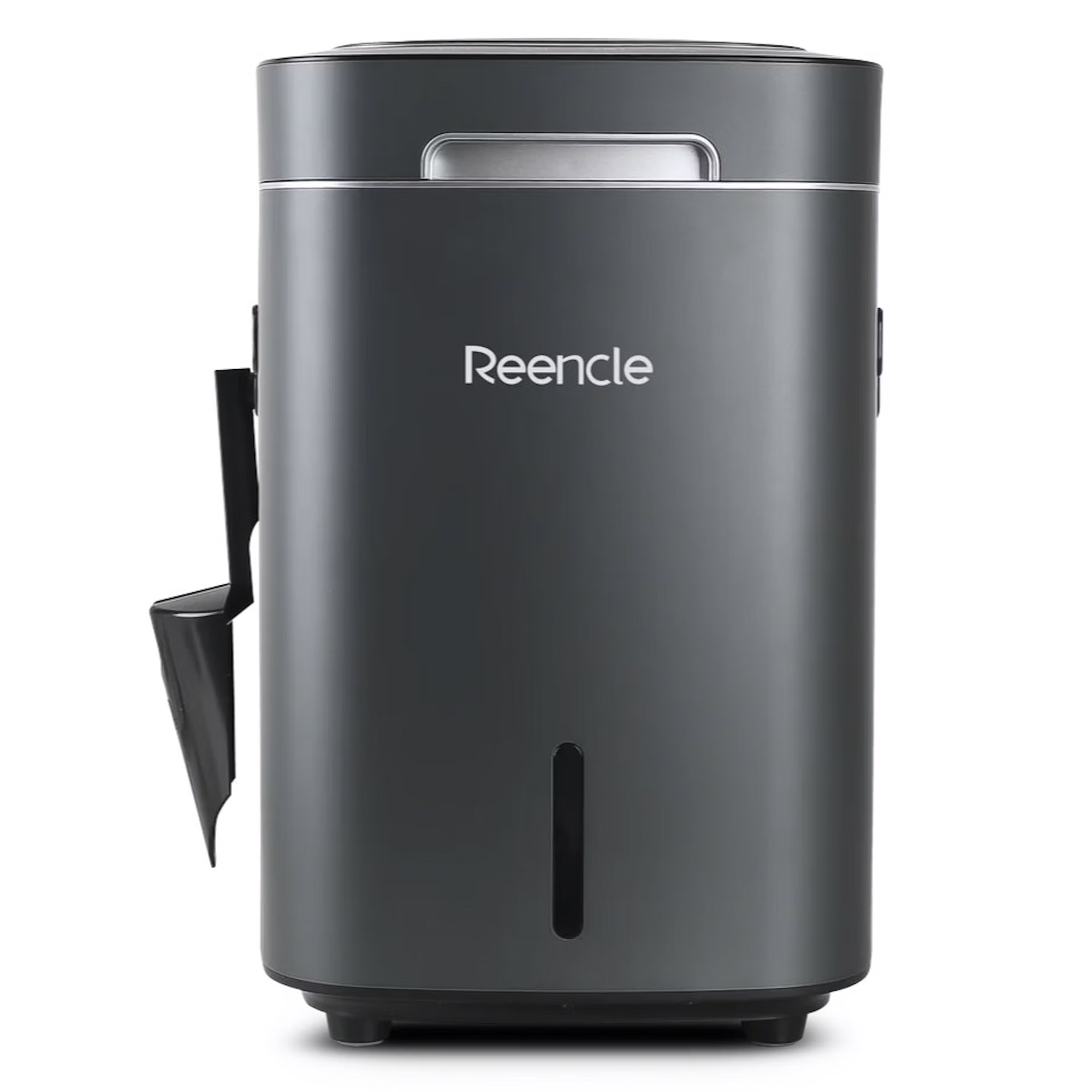5 Free Magic Mulch Materials That Will Transform Your Garden – Per An Eco-Expert
Award-winning eco-expert Kim Stoddart reveals 5 magic mulches that improve soil health and help the planet. Plus, you can find these free materials anywhere!

A healthy garden starts from the ground up, so it’s important to make your soil the best it can possibly be. That means choosing the best mulch for soil improvement. Thankfully, doing so doesn’t have to be expensive. In fact, there are many fantastic free mulching materials that boost soil health naturally.
When added as a top mulch in the fall or spread around plants in spring, eco-friendly mulches provide food for your soil as well as all the fantastic microorganisms living in your garden. They can also provide greater weather resilience over the winter and help keep plants cool and hydrated in summer.
Best Mulch for Soil Improvement
Here are my picks for the best mulch for soil improvement any time of year:
1. Leaf mold (or leaves)
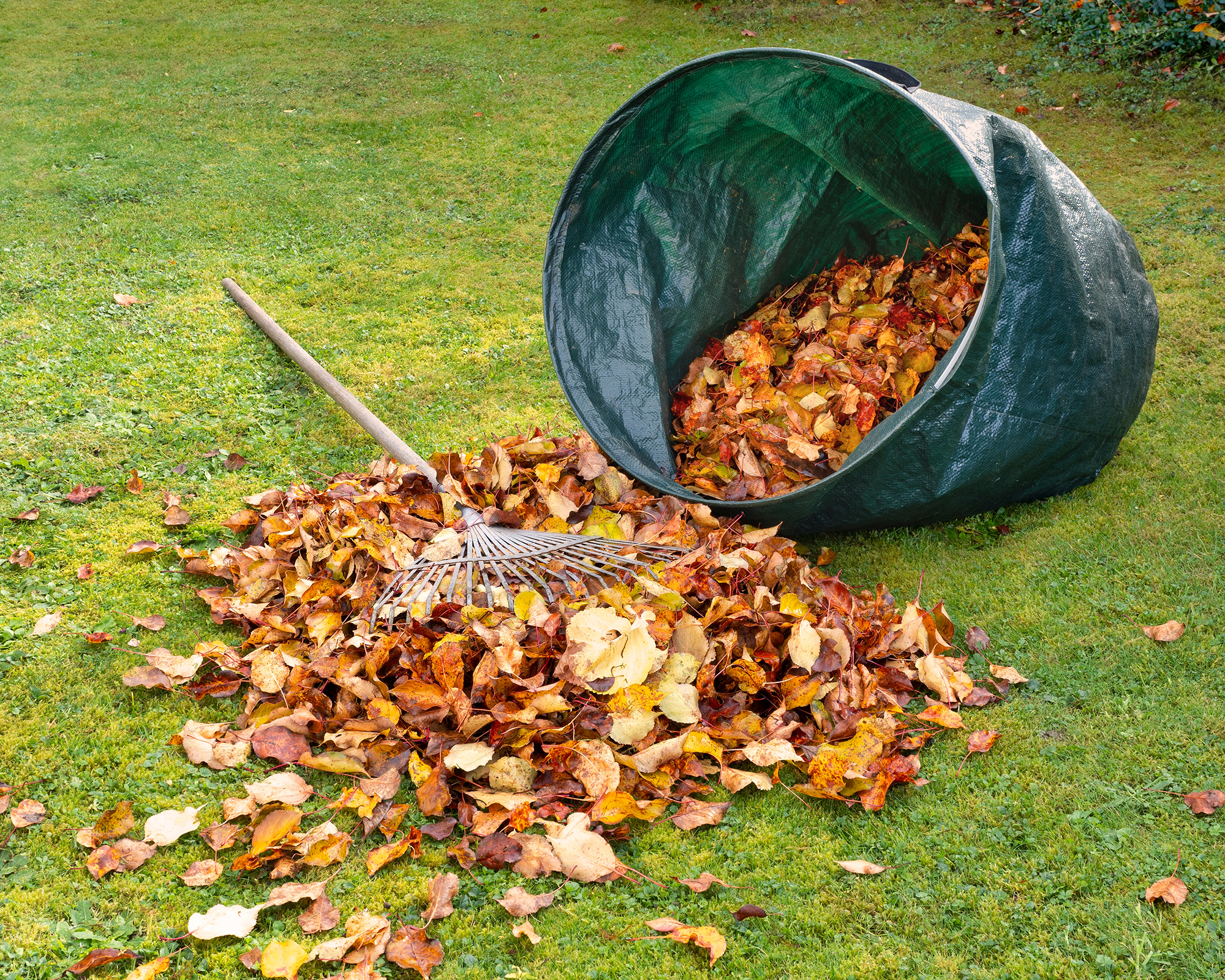
In the fall, leaves fluttering down from the trees are in ample supply and provide us with a wondrous material for homemade mulches. You can make your own leaf mold. It takes a few years to break down into this much-loved soil improver. Or to start reaping the benefits of mulch sooner, you can use freshly fallen leaves in beds and borders right now.
Water leaves by hand (or wait for rain) so they are less likely to blow away. They provide a lovely layer of protection for soil over winter. Mulching with leaves also creates shelter for a range of invertebrates, which can help with natural pest control, and will feed the soil slowly as it starts to break down.
Many birds (further garden allies) also enjoy foraging through the foliage for insects to eat. In spring, remove your layer of mulch and add to a leaf mold pile to break down further.
If you have a leaf mold supply at the ready, apply it as a top layer directly to the soil. Know also that this wondrous material can be used to make a lovely peat-free seed compost come spring.
Sign up for the Gardening Know How newsletter today and receive a free copy of our e-book "How to Grow Delicious Tomatoes".
2. Homemade compost
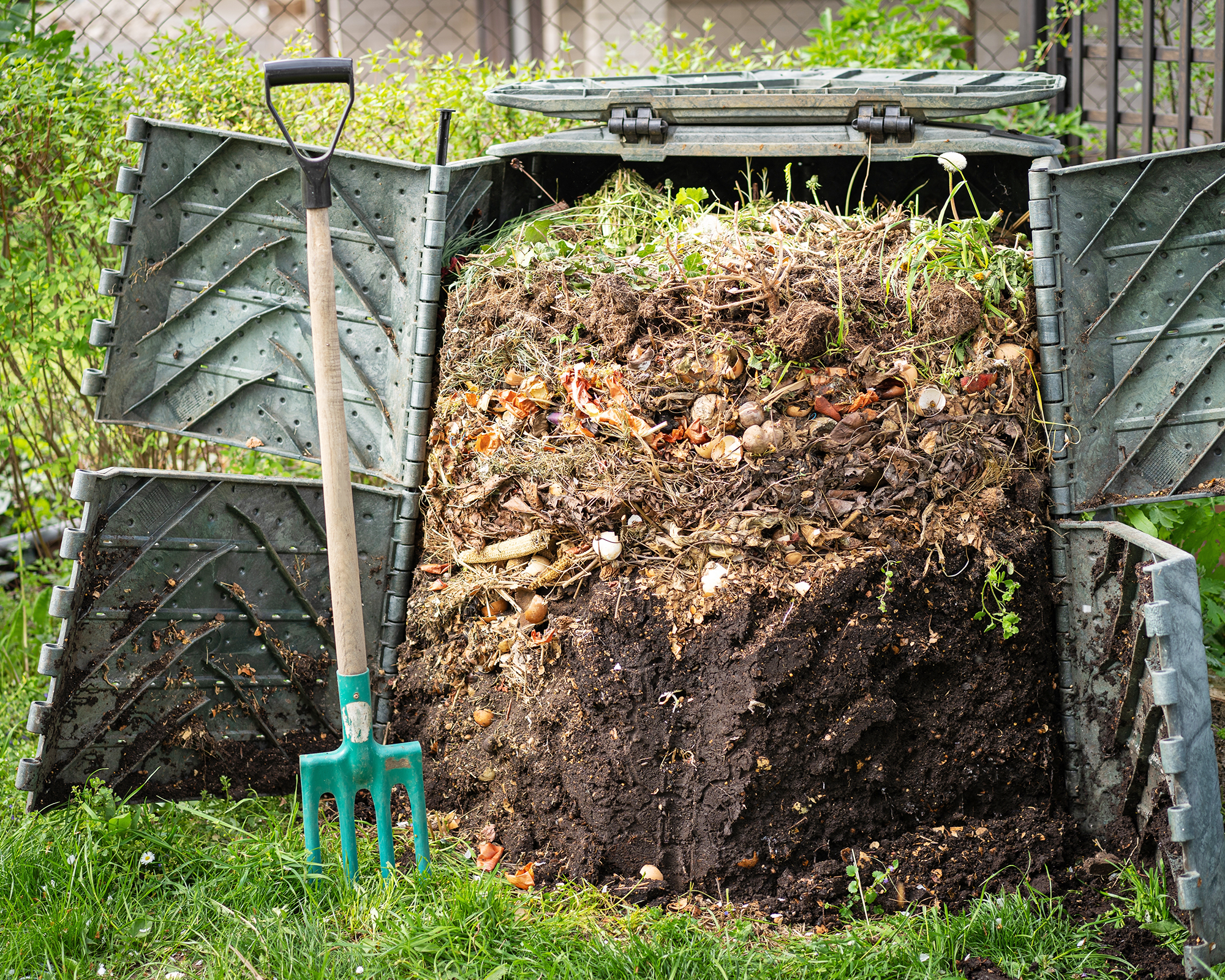
It’s very easy to make compost at home and this so-called “black gold” has to be one of the absolute best mulches to improve soil in your garden.
There are many ingredients you can add to supply the traditional mix of brown and green compost components. From veggie peelings, grass clippings, leaves, and shredded prunings to cardboard, broken-up egg shells, leaves, comfrey, seaweed, and wood chips—work with what you have on hand. It feels incredibly good to turn what would otherwise be waste into one of the best mulches for your garden.
3. Chop and drop
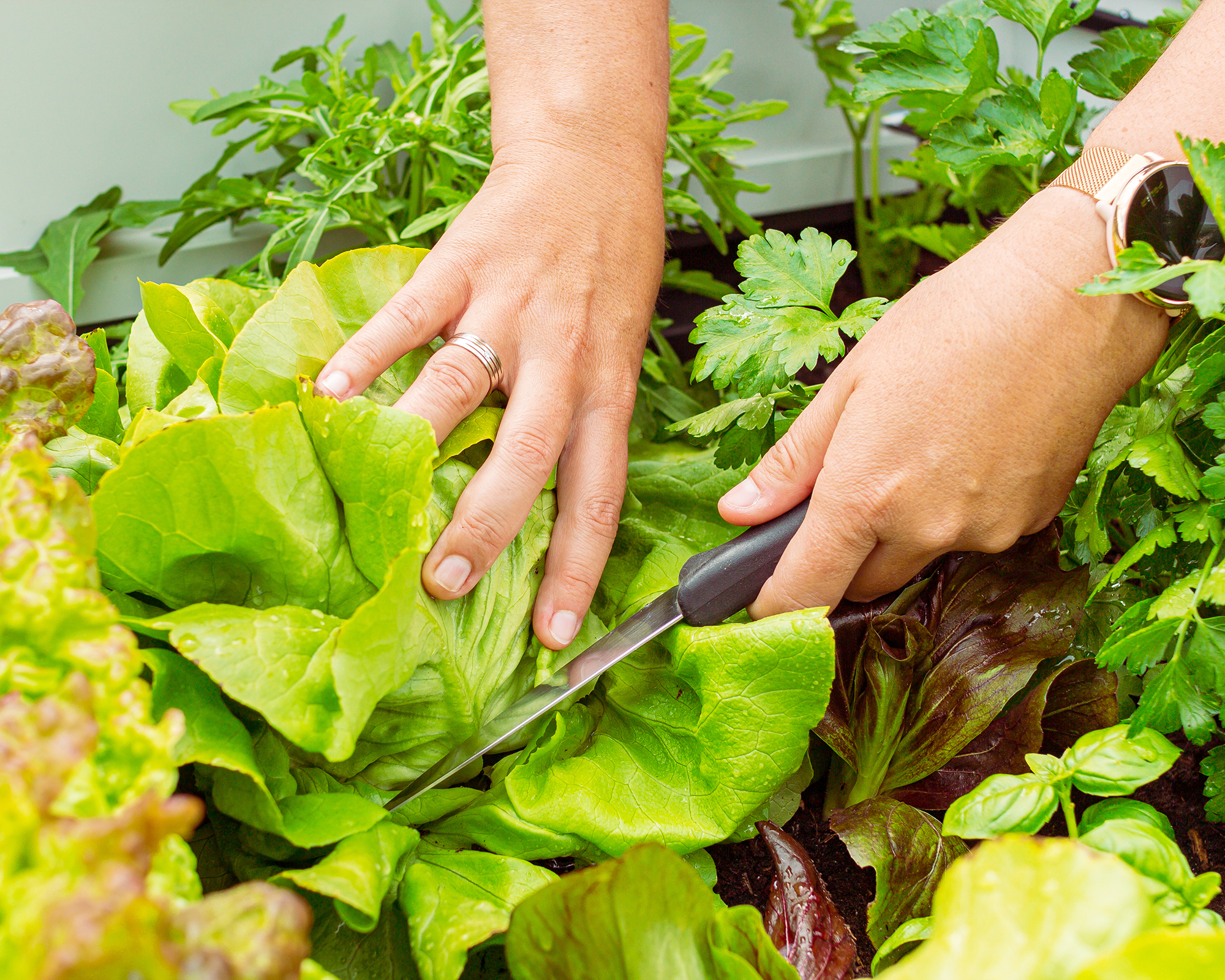
This is a permaculture gardening favorite—and for good reason. All those nibbled or pruned leaves and foliage, which you might add to the compost pile, can be chopped off and dropped on the soil in and around existing plants (as well as beds) to provide a protective layer.
The pruned foliage helps nurture the fertility of the soil with their slow release goodness. Then earthworms and soil life gently work their magic and pull them into the ground to provide food.
4. Wondrous wood chips
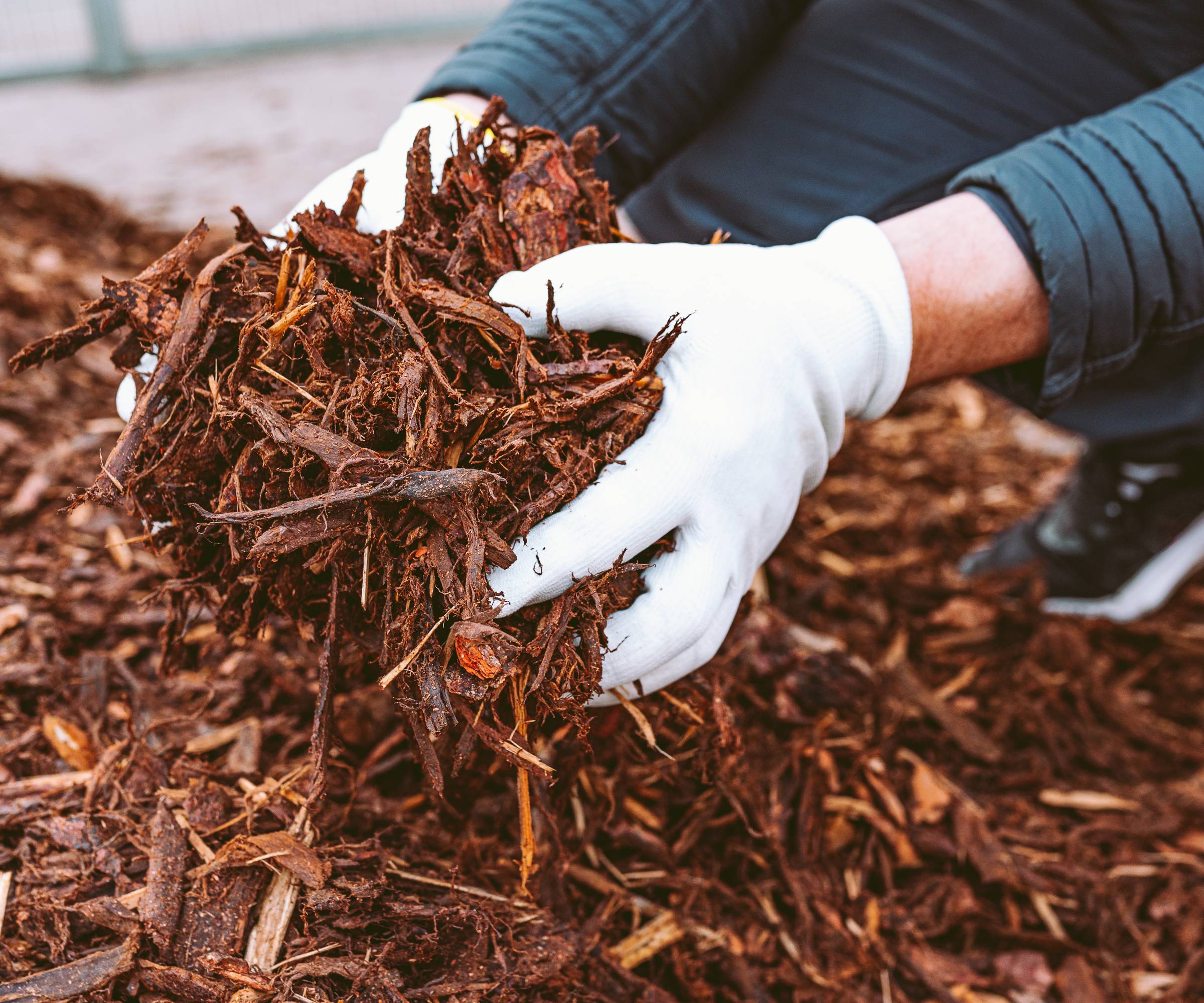
A few inches of shredded woody material can also be used as an impromptu mulch for soil improvement. If you have a garden shredder, twigs and branches provide a ready-to-use supply of wood chip mulch.
Otherwise, arborist companies are a good bet. They’re often keen to pass this material onto willing gardeners who have the room to house a pile or two.
5. Locally-sourced materials
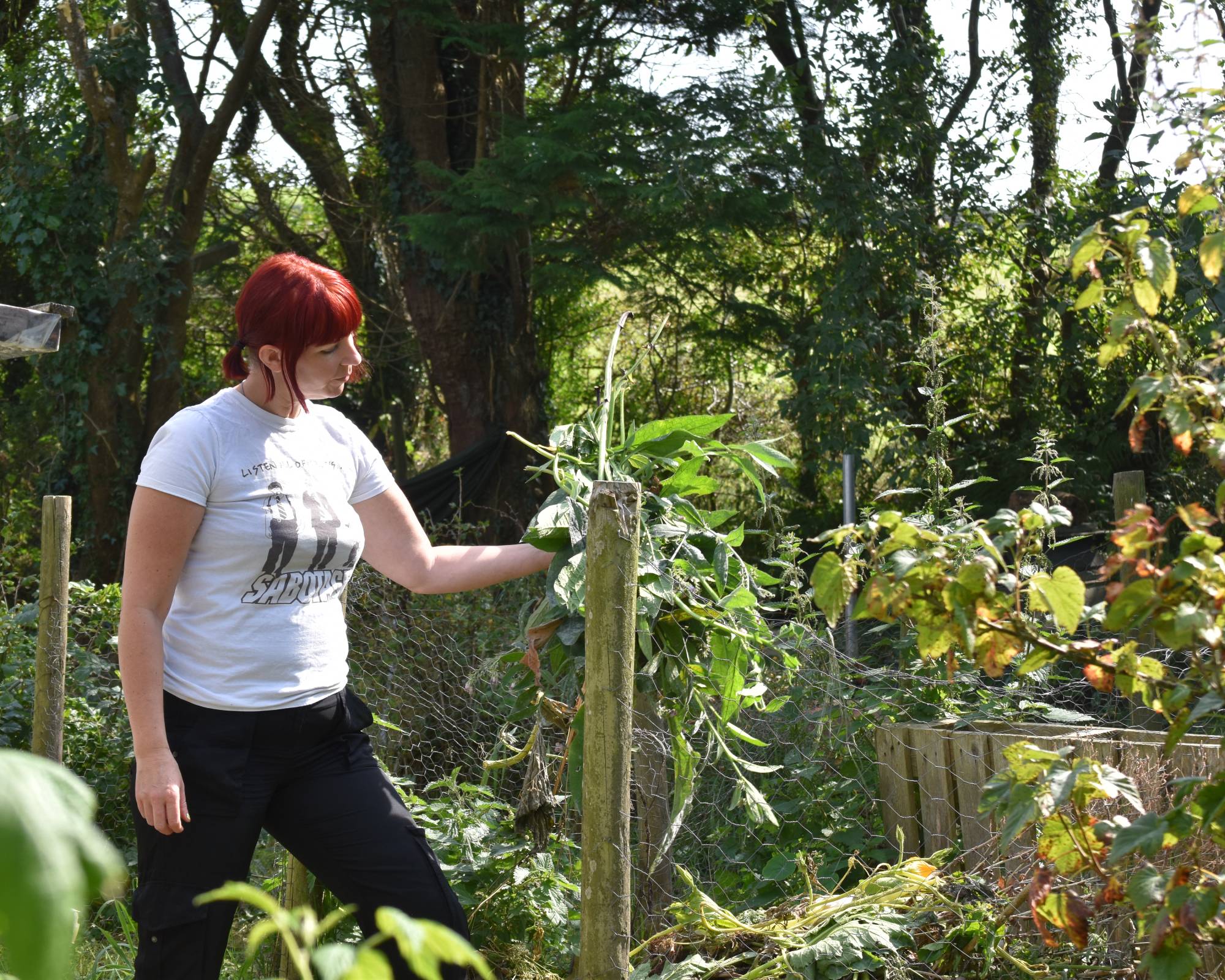
Depending on where you live, look to other potentially available mulches to improve your soil. Be it foraged seaweed (make sure to find out local foraging rules), grass clippings from a lawn, sheep wool mulch from a homestead, or comfrey. They all work incredibly well.
Frequently Asked Questions
Why does mulching soil matter?
A soil that is covered with a layer of mulch has an improved structure which protects it from the cold over winter and the heat in summer. It also reduces the risk of precious soil fertility being washed away by rain and watering.
Do I need to dig the mulch in?
It’s better not to dig mulch in. A no-till gardening approach will lock more carbon in the ground and help protect biodiversity below and above ground to the benefit of your garden this year and next.
How much mulch do I need?
Too much mulch can actually harm plants. A couple inches is plenty. This will help feed your soil and protect it from the extremes of both winter and summer weather.
Is peat moss good as mulch?
Though peat moss is often touted as growing medium or even soil conditioner for its light texture and moisture-retaining abilities, it’s not a good mulch and it's not sustainable.
Peat bogs provide valuable habitats for a wide range of creatures and they lock high levels of CO₂ in the ground. They are in fact the most effective carbon store on the planet (more so even than forests). Once these ancient habitats have been harvested of their peat for use in compost, it takes up to a 1,000 years before the area of bog can begin fully functioning again.
That’s why many gardeners are going peat-free. The best mulches to improve soil are the ones that give back to the earth and to your garden.
More Ways to Create Mulch Magic
- Avoid the 7 most common mulching mistakes to make sure your garden thrives all season long.
- Eager gardeners often apply mulch early in the season, but this can actually set your garden back. Discover exactly when to mulch your garden to reap the most rewards.
- After your mulching is done, explore other regenerative gardening techniques that will turbocharge your soil.
- Create compost for mulch right in the middle of your garden with a Vego In-Ground Worm Composter. Just place it in the ground, add kitchen scraps, and let nature do the work!
This article features products available from third party vendors on the Gardening Know How Shop.

Kim Stoddart is a multi award-winning UK journalist and leading authority on climate change resilient gardening, particularly home food growing.
She is the author of The Climate Change Resilient Vegetable Garden and co-author of The Climate Change Garden, as well as the editor of the world’s oldest gardening magazine, Amateur Gardening, which was founded in 1884.
